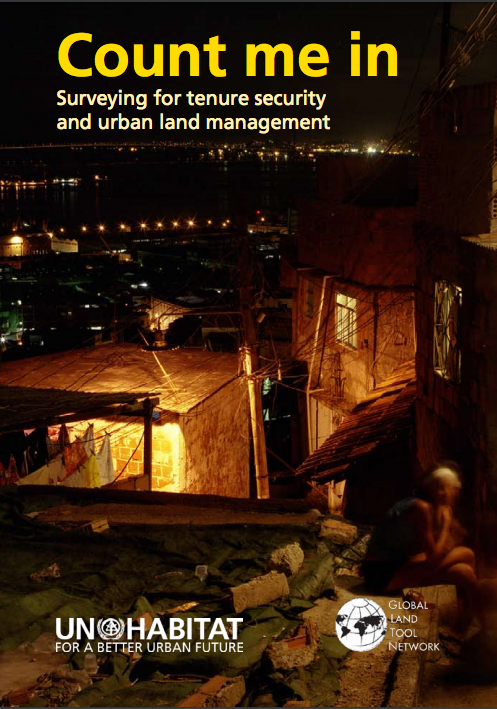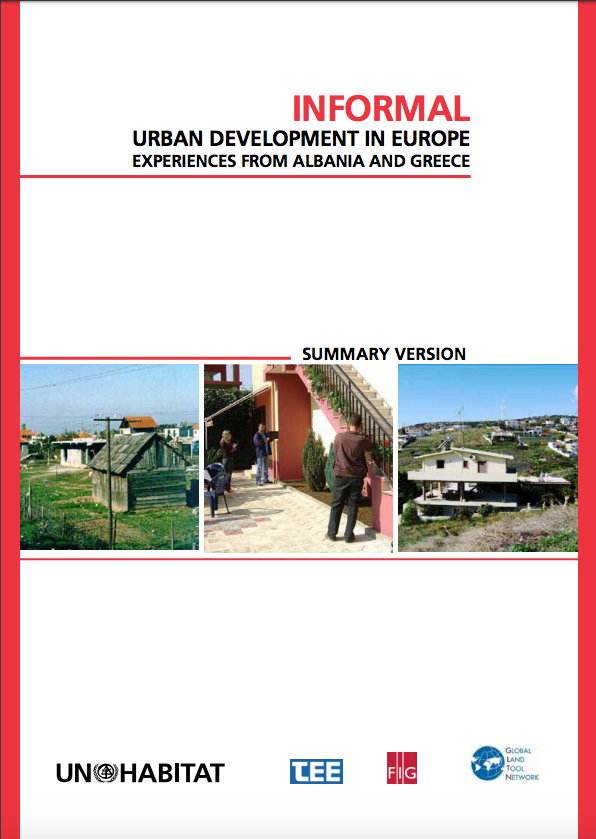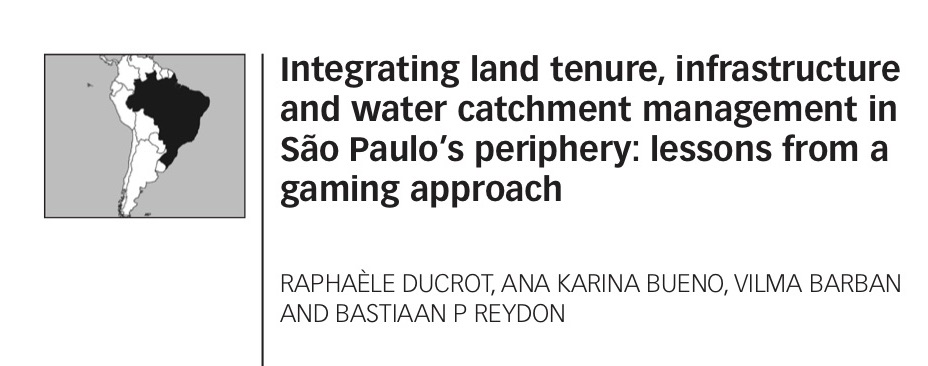Count me in: Surveying for Tenure security and Urban Land Management
The young man was scared. The city government had instructed him to count the shacks in the settlement. He arrived smartly dressed carrying a briefcase and clipboard with pen in hand and a list of the shacks. His job was to find any new shacks without the official number painted on the door. But he immediately ran into problems. The local residents confronted him, asking what he was doing. Soon a small crowd had gathered. They took him into the community hall, where a meeting was under way. He explained that the city had sent him, but the local people were suspicious.






